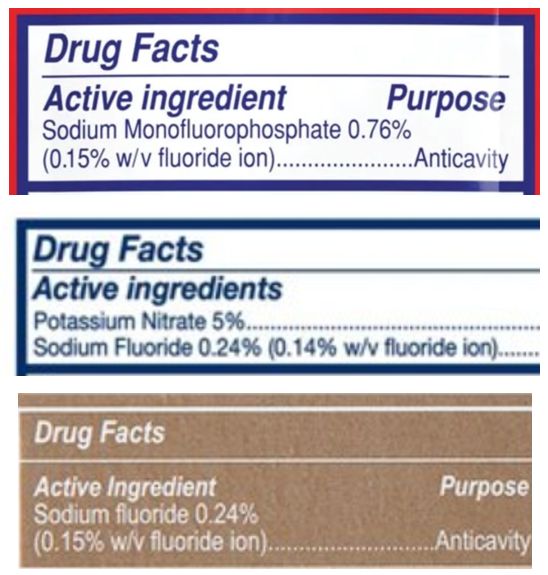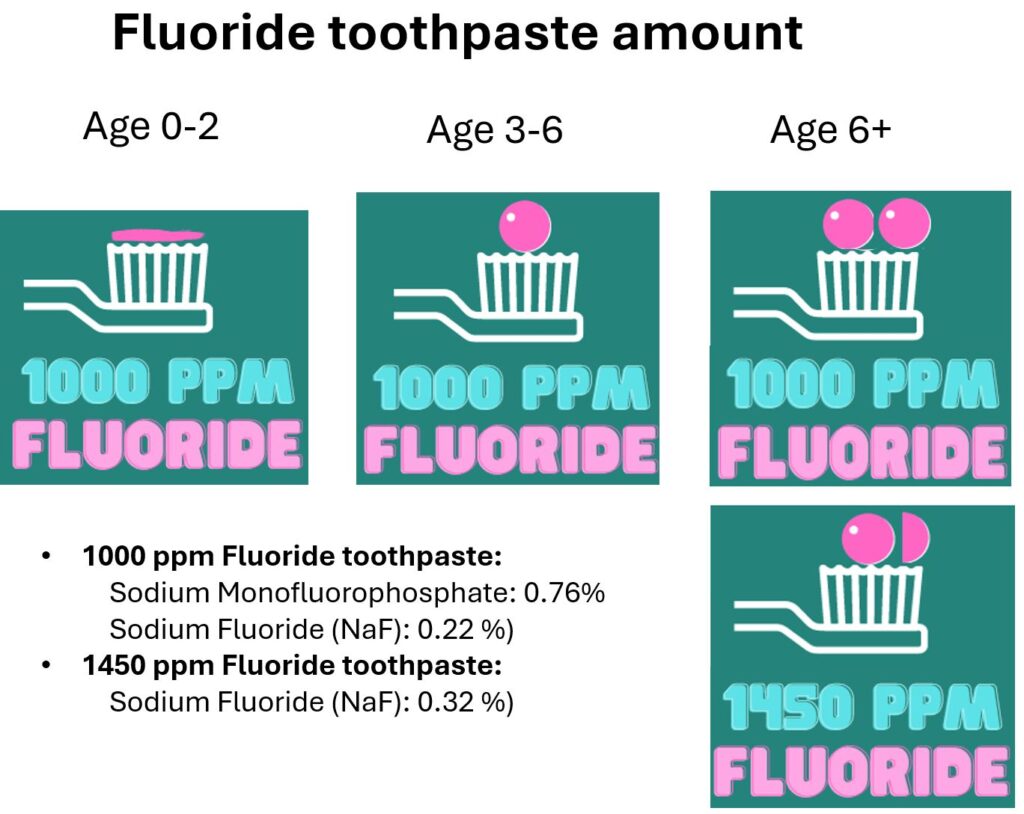We all know brushing our teeth is essential, but did you know many of us aren’t doing it quite right? I often see patients who, despite their best efforts, are missing crucial areas. That’s why I want to share the ‘Modified Bass Technique’ with you. It’s the method recommended by the American Dental Association (ADA) for a truly healthy mouth and a dazzling smile.
Basics
Let’s start with the basics:
- Brush your teeth twice a day with a soft-bristled brush. The size and shape of your brush should fit your mouth allowing you to reach all areas easily.

- Replace your toothbrush every three months, or sooner if the bristles are frayed. A worn toothbrush won’t do a good job of cleaning your teeth.

- Make sure to use an fluoride toothpaste.
Toothpaste amount
By the way, how much amount of toothpaste should we use
In 2019, the European Academy of Paediatric Dentistry provided recommendations on the appropriate amount of toothpaste to use. However, to follow these guidelines, it’s essential to first determine the fluoride concentration of your toothpaste.

Sodium Monofluorophosphate: 0.76%
Sodium Fluoride (NaF): 0.22 %)
•1450 ppm Fluoride toothpaste:
Sodium Fluoride (NaF): 0.32 %)
Proper fluoride toothpaste usage is crucial for maintaining oral health at all ages. Based on the recommendations and fluoride content of toothpaste, I created a chart.
| Age Range | Toothpaste Amount | Fluoride Concentration (ppm) | Notes |
|---|---|---|---|
| 0-2 years | Smear (rice grain size) | 1000 | Minimizes ingestion. |
| 3-6 years | Pea-sized amount | 1000 | Ensures adequate fluoride exposure. |
| 6+ years | 1.5 pea-sized amounts OR 2 pea-sized amounts | 1450 OR 1000 | amount adjusts based on concentration. |
| Adults | 2 pea-sized amounts OR Full length of brush | 1450 OR 1000 | Amount adjusts based on concentration; 1450 ppm is often preferred. |

How to brush
Now, we are moving to the ‘The proper brushing technique’:
- Place your toothbrush at a 45-degree angle to the gums.
- Gently move the brush back and forth in short (tooth-wide) strokes.
- Brush the outer surfaces, the inner surfaces, and the chewing surfaces of the teeth.
- To clean the inside surfaces of the front teeth, tilt the brush vertically and make several up-and-down strokes.
After Brushing
According to the British NHS (National Health Service), proper post-brushing care is essential for maximizing fluoride’s benefits.
- Do not rinse with water immediately after brushing.
- Spit out excess toothpaste instead.
Rinsing right away washes away the concentrated fluoride left on your teeth, reducing its protective effects.
Letting the fluoride remain helps strengthen enamel and prevent cavities more effectively.
Visiting the dentist every six months is never a waste of time, but an investment not just in short-term gains, but also in your long-term oral health. At our Boston Preventive Dental Care Center, you can expect the best preventive care services personalized to prevent dental diseases and maintain the natural beauty of your smile. With routine dental check-ups and adequate oral care in the comfort of your home, you can minimize the chances of an extravagant dental condition and enjoy a glorious life with healthy teeth.
At our dental facility in Boston, we provide Sensitive Teeth Treatment with advanced dental procedures as well as expert preventive care dentist in Boston , will help you eat your favorite food without any difficulties.
I hope this information is helpful to you! I’ll follow up soon with a guide on how to brush using an electric toothbrush .
Boston Finesse Dentistry & Implant Center
617-286-6515 (Call/Text)
183 Essex St, Boston, MA


